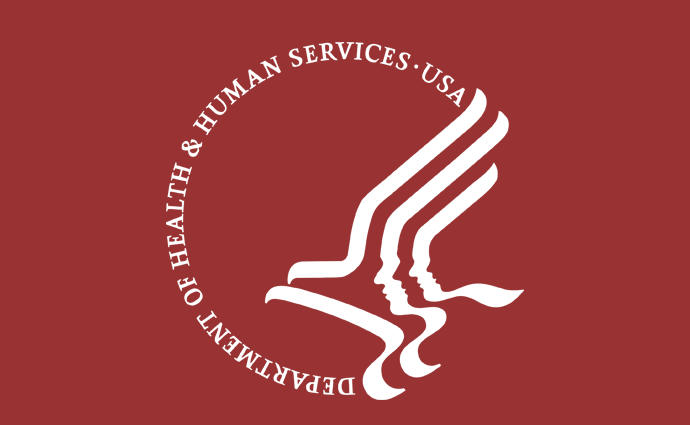GAO Critiques HHS Actions on ACA Navigator Program Funding
The Government Accountability Office has raised questions about the methodology behind HHS’s decision to cut funding to the ACA Navigator Program.

Source: Thinkstock
- The Government Accountability Office (GAO) has questioned the data-driven methodology behind significant reductions in funding for the ACA navigator program and subsequent declines in new enrollment in health insurance plans.
In a new report, GAO found that a 90 percent reduction to navigator funding contributed to waning individual exchange enrollment through Healthcare.gov. In 2016, ACA exchange enrollment through Healthcare.gov peaked at 9.6 million members. Enrollment then started to fall to 9.2 million in 2017 and 8.7 million during 2018.
“HHS and others conduct outreach during [the open enrollment] period to encourage enrollment and ensure the exchanges’ long-term stability,” GAO explained. “HHS announced changes to its 2018 outreach, prompting concerns that fewer could enroll, potentially harming the exchanges’ stability.”
HHS cut navigator funding by $90 million between the 2017 and 2018 open enrollment periods. The agency claimed that the funding cuts indicated success, reduced wasteful spending, and created a more efficient advertising budget.
However, health plans and other stakeholders reported that cuts to ACA navigator funding created confusion among consumers seeking to purchase or switch their health plans. Inadequate information about their options contributed to reductions in the enrollment rate.
READ MORE: How Employers Can Design High-Quality Cancer Care Benefits
“Some stakeholders reported that outreach and advertising are especially important for increasing new enrollment, especially among younger and healthier consumers whose enrollment can help ensure the long-term stability of the exchanges,” the GAO report said
GAO found that HHS routinely used unreliable navigator application data as a basis for revisions to funding for the 2017 and 2018 open enrollment periods.
Potential navigators file applications to CMS to contract as an ACA navigator and bid for funding appropriations. CMS then uses the application data to calculate funding for the navigator program.
GAO cited a CMS email sent out on December 9, 2016 that said navigators were not consistently entering identification numbers for their applications. CMS also said in the email that significant portions of application data were unusable without the ID numbers.
However, GAO found that HHS still used some of the unreliable data to administer and calculate navigator funding for 2017 and 2018. Navigators also had difficulties in filing application data because of administrative challenges.
READ MORE: Affordable Care Act Changes May Bring a Rocky 2018 for Payers
“Representatives from one navigator organization reported that the application field where navigators enter their identification number was at times pre-populated with an agent or broker’s identification number,” GAO explained. “Consumer application data may therefore still be unreliable for use in HHS navigator funding decisions that would be expected later this year for 2019.”
Navigators also received minimal guidance from HHS on how to effectively set enrollment goals.
For example, GAO found that one navigator organization interpreted enrollment goals more broadly than HHS by setting goals based on the number of consumers they planned to engage. The organization also set other ambitious goals such as final enrollment guidance, which is not required under HHS’s goal setting requirements. The navigator lost funds when it failed to meet its lofty performance goals.
“The navigator organization therefore set a higher goal than it otherwise would have, had it understood HHS’s interpretation of the goal, and ultimately received a decrease in funding for 2018,” GAO said.
In addition, GAO found that the loss of cost-sharing reductions (CSRs) played a key role in declining exchange performance.
READ MORE: Top 10 Highest Performing Medicare Advantage Health Plans
Health plans and other stakeholders interviewed by GAO reported that individual health plan premiums increased by an average of 30 percent because there were no CSR funds to reduce premiums.
GAO noted that over 80 percent of exchange enrollees qualified for income-based premium subsidies through advanced premium tax credits (APTCs). However, many individuals with incomes over 400 percent of the federal poverty had trouble affording premiums.
“Most stakeholders we interviewed told us the decreased affordability of plans likely resulted in lower enrollment in exchange plans for these consumers,” GAO said. “Some stakeholders we interviewed reported personally encouraging consumers who were not eligible for premium tax credits to purchase their coverage off of the exchanges, where they could often purchase the same health insurance plan for a lower price.”
GAO made two recommendations about how to improve the funding process for future open enrollment periods. Firstly, the organization suggested that HHS develop clear, formal guidance so that navigator organizations can set reasonable performance goals.
Secondly, HHS should improve the administrative processes for navigator groups that must submit identification numbers to receive funding.
Overall, HHS agreed with GAO’s recommendations to address the administrative issues of the navigator program and other exchange issues.
The agency concurred with GAO on improving data to determine navigator funding and addressing the exchange's other customer support services.
